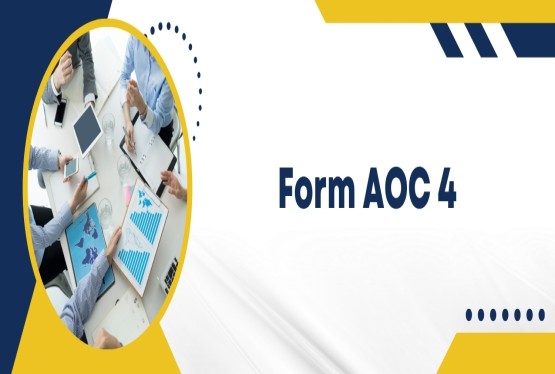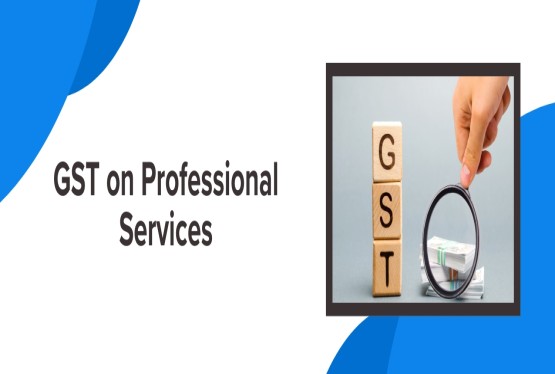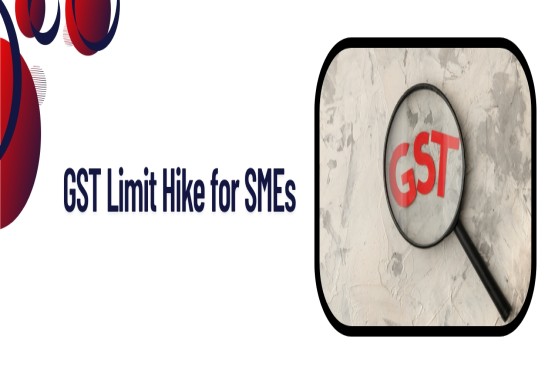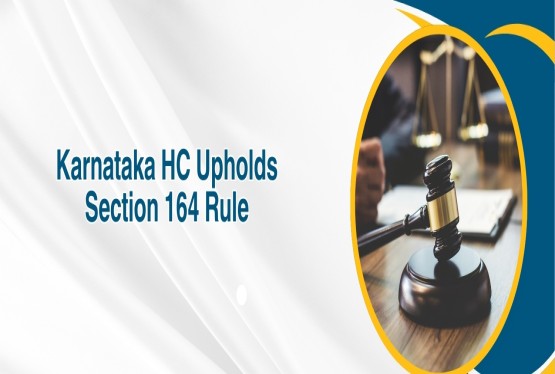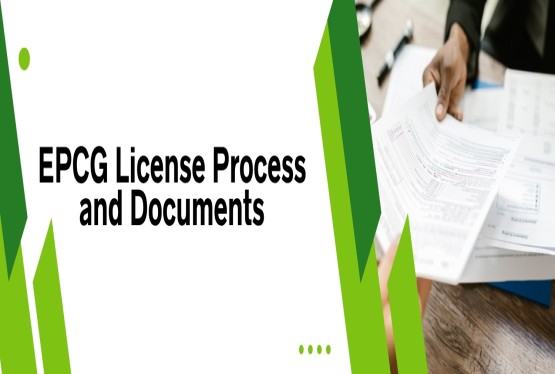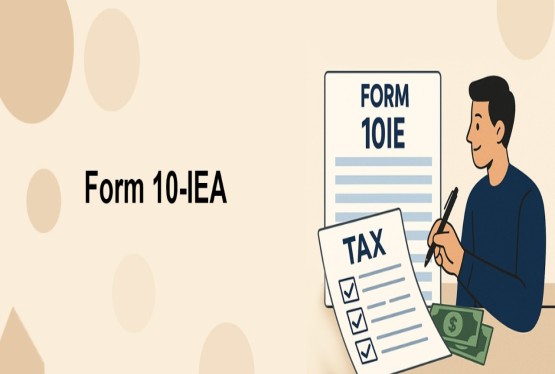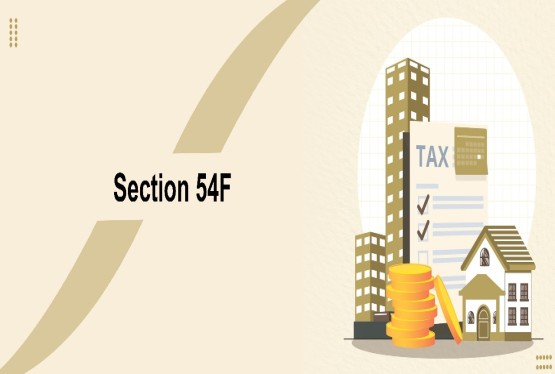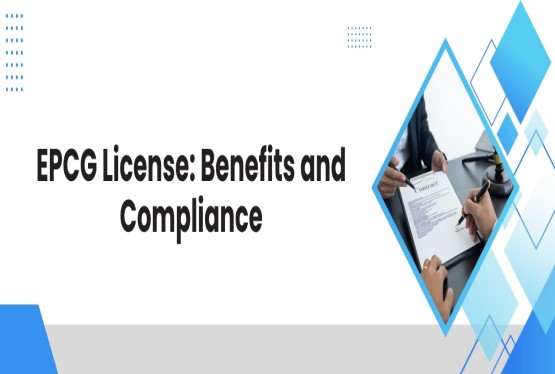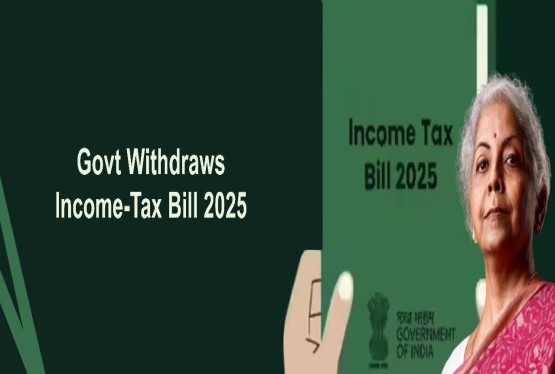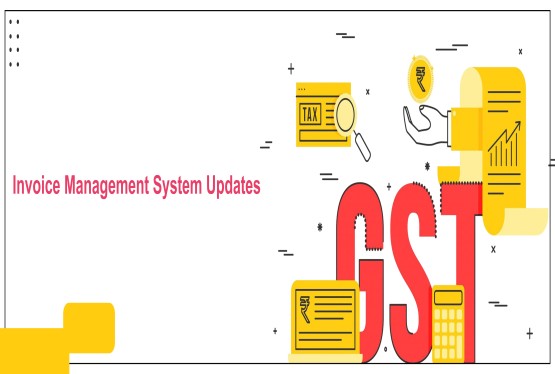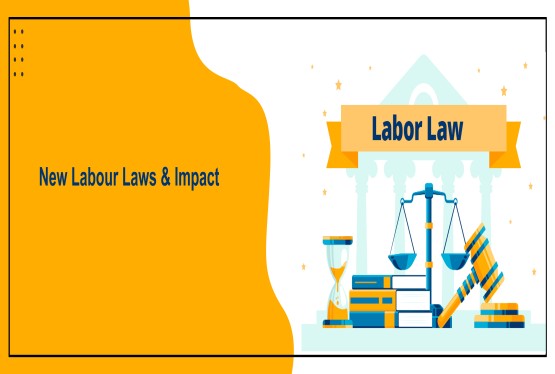The Central Board of Direct Taxes (CBDT) has issued Circular No. 9/2025 dated 21st July 2025, partially modifying its earlier Circular No. 3/2023 and Circular No. 6/2024. This circular addresses a critical issue faced by deductors and collectors regarding the consequences of deducting or collecting tax at lower rates where the Permanent Account Number (PAN) of the deductee or collectee is inoperative.
This modification has been made in light of multiple grievances received from taxpayers who were penalised for short-deduction or short-collection of tax despite corrective action being taken within reasonable timeframes. The new circular introduces relief measures, easing compliance and eliminating unwarranted demands under sections 206AA and 206CC of the Income-tax Act, 1961.
Background of PAN-Aadhaar Linking
Under Rule 114AAA of the Income-tax Rules, 1962, any person who has been allotted a PAN and is required to link it with their Aadhaar must do so by the prescribed date. Failure to do so renders the PAN inoperative, which directly impacts several financial and tax-related activities.
An inoperative PAN is considered as not furnished, and accordingly, the deductor or collector is required to deduct or collect tax at a higher rate under:
-
Section 206AA: Applicable in cases of TDS where PAN is not furnished or is inoperative.
-
Section 206CC: Applicable in cases of TCS where PAN is not furnished or is inoperative.
The implications of these sections have caused confusion and financial hardship in genuine cases where PANs were eventually made operative after Aadhaar linking, albeit with a delay.
Circular No. 3/2023 and Its Impact
CBDT’s Circular No. 3/2023 dated 28th March 2023 laid down that from 1st July 2023 onwards, if the PAN is inoperative due to non-linkage with Aadhaar, it would be deemed invalid for TDS and TCS purposes, thereby mandating higher rates as per sections 206AA and 206CC.
This was a stringent measure aimed at enforcing PAN-Aadhaar compliance. However, the blanket application of higher tax rates even when the PAN became operative shortly after caused unnecessary hardship and raised numerous grievances.
Learn more about TDS and TCS Changes.
Relief via Circular No. 6/2024
Recognising the challenges, Circular No. 6/2024 dated 23rd April 2024 offered temporary relief. It provided that no higher TDS/TCS would be applicable for transactions entered up to 31st March 2024 if the PAN became operative by 31st May 2024.
While this circular provided some cushion to deductors/collectors, it was limited in scope and duration, leading to continued issues where PANs were made operative after 31st May 2024.
Need for Circular No. 9/2025
Despite the earlier reliefs, the Income Tax Department continued issuing notices to deductors and collectors for short deduction or collection of tax under sections 206AA and 206CC. This was happening even in cases where the PANs of deductees or collectees were subsequently linked with Aadhaar and became operative.
These notices led to demand notices and created compliance burdens, particularly when taxpayers acted in good faith and rectified the PAN status. CBDT received numerous representations and grievances, leading to the release of Circular No. 9/2025 to offer broader and more practical relief.
Key Provisions of Circular No. 9/2025
CBDT has now extended the relief period and provided a more accommodating framework. The circular specifies that no liability shall arise on the deductor/collector to deduct or collect tax at higher rates under sections 206AA/206CC in the following scenarios:
Relief for Transactions Between 1st April 2024 and 31st July 2025
If the amount is paid or credited to a deductee or collectee during the period from 01.04.2024 to 31.07.2025, and if the PAN is made operative on or before 30.09.2025, then there will be no requirement to deduct or collect tax at the higher rates under Section 206AA or 206CC.
This provides a significant window for taxpayers to regularise their PAN-Aadhaar linkage and avoid penal tax deductions.
Relief for Transactions From 1st August 2025 Onwards
For amounts paid or credited on or after 01.08.2025, the condition is slightly different. In these cases, if the PAN is made operative within two months from the end of the month in which the transaction took place, then again, the deductor/collector will not be penalised for non-deduction or non-collection at the higher rate.
This condition allows a rolling compliance window of two months for PANs to be regularised post-transaction.
Clarification on Applicability of Other Provisions
It is important to note that while the relief has been granted from higher rates under Sections 206AA and 206CC, the regular provisions of Chapter XVII-B (TDS provisions) and Chapter XVII-BB (TCS provisions) will continue to apply.
This means that tax must still be deducted or collected as per the normal rates applicable under the Income-tax Act. The circular only waives the additional burden of higher rates due to inoperative PANs in specified scenarios.
Summary of Relief Framework
|
Period of Transaction |
Condition for Relief |
Deadline for Making PAN Operative |
|
01.04.2024 – 31.07.2025 |
PAN linked with Aadhaar and made operative |
On or before 30.09.2025 |
|
On or after 01.08.2025 |
PAN linked with Aadhaar and made operative |
Within 2 months from end of month of payment |
What This Means for Deductors and Collectors
Reduced Compliance Burden
Deductors such as employers, banks, companies, and other entities can now breathe easier knowing they are not automatically penalised for higher deductions or collections when deductee PANs are eventually linked.
Avoidance of Unwarranted Demands
The Department had been raising demands for short deduction or short collection under Sections 200A or 206CB, even when the PAN was later made operative. With this circular, such demands are now avoidable if the specified timelines are met.
Practical Relief for Real-World Situations
In many practical cases, PAN-Aadhaar linkage delays were due to genuine reasons such as technical errors, demographic mismatches, or procedural delays. This circular acknowledges such realities and offers practical timelines for compliance.
Key Takeaways for Taxpayers
Check PAN Status – Ensure That Your PAN is Operative and Linked to Aadhaar
Taxpayers must verify that their PAN is active and linked with Aadhaar. An inoperative PAN attracts higher TDS/TCS under Sections 206AA and 206CC. Linking PAN with Aadhaar helps avoid compliance issues, incorrect tax deductions, and difficulty in filing income tax returns or claiming tax credits.
Deductors/Collectors – Maintain Proper Records of PAN Operative Date
Deductors and collectors should track and maintain records of when a PAN becomes operative after being inoperative. This documentation ensures correct application of TDS/TCS rates. If PAN becomes active after Aadhaar linking, the deductor can apply normal tax rates from that date, subject to proof.
No Penalty if Compliance Done in Time
If a taxpayer links Aadhaar and makes the PAN operative within the stipulated time, higher TDS or TCS won’t apply. There’s no penalty or retrospective adjustment if the compliance is timely. Proper documentation of compliance ensures relief and avoids interest or disallowance of expense under tax law.
Continue Regular TDS/TCS Deductions – Relief Does Not Mean Exemption
The relief from higher rates due to inoperative PAN doesn’t waive the obligation to deduct or collect tax. Deductors must continue regular TDS/TCS as per applicable provisions. The standard process remains mandatory; only the additional burden of higher rates is relaxed upon PAN becoming operative.
Conclusion
CBDT’s Circular No. 9/2025 is a welcome move that aligns tax administration with ground realities. By extending the relief window and offering a two-month grace period post-transaction, it significantly eases the burden on deductors and collectors while also encouraging timely PAN-Aadhaar linkage by taxpayers.
Taxpayers and tax professionals are advised to maintain proper records of PAN operability and ensure timely compliance to take full advantage of this relief.
Frequently Asked Questions (FAQs)
Q1. What is Circular No. 9/2025 about?
Ans. This circular provides relief to deductors and collectors who face penal consequences due to inoperative PANs of deductees/collectees. It offers conditions under which higher TDS/TCS rates will not apply.
Q2. Who benefits from this circular?
Ans. Any person responsible for deducting or collecting tax under the Income-tax Act including employers, banks, companies, and individuals benefits if they’ve encountered PAN-related defaults.
Q3. What is an inoperative PAN?
Ans. A PAN becomes inoperative if it is not linked with Aadhaar by the specified deadline under Rule 114AAA of the Income-tax Rules, 1962.
Q4. What are Sections 206AA and 206CC?
Ans. These sections mandate higher TDS or TCS rates when PAN is not furnished or is inoperative.
Q5. What is the relief period for transactions already conducted?
Ans. For payments made from 01.04.2024 to 31.07.2025, relief applies if PAN is made operative by 30.09.2025.
Q6. What is the relief condition for future transactions?
Ans. For transactions on or after 01.08.2025, relief applies if PAN is made operative within two months from the end of the transaction month.
Q7. Will this circular apply retrospectively?
Ans. It provides relief from higher deduction/collection retrospectively for specified periods but applies prospectively for transactions after 01.08.2025.
Q8. Are normal TDS/TCS provisions still applicable?
Ans. Yes. The circular only offers relief from higher rates under Sections 206AA and 206CC. Other applicable provisions remain unchanged.
Q9. What should I do if I received a notice for short deduction?
Ans. You should verify whether your case qualifies under the relief conditions and present documentation showing PAN became operative within the prescribed period.
Q10. How to check if PAN is operative?
Ans. Visit the official Income Tax portal at www.incometax.gov.in and use the PAN-Aadhaar status checker tool to confirm operability.

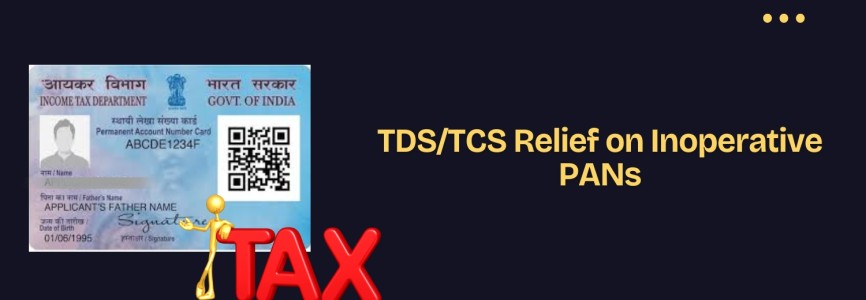






_crop10_thumb.jpg)




































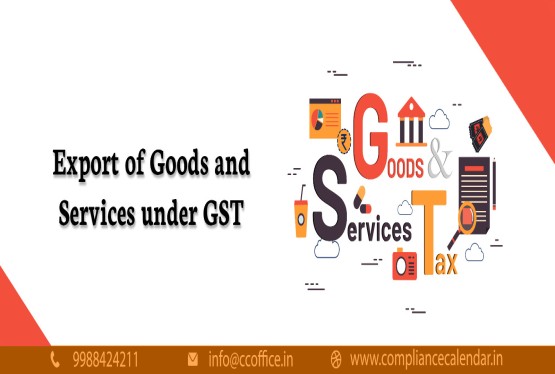













































_for_FY_2025-26_crop10_thumb.jpg)



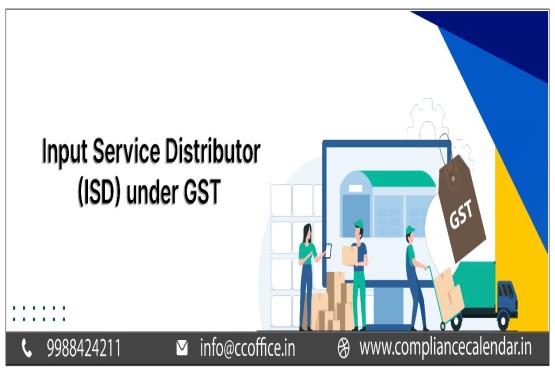








_learn_crop10_thumb.jpg)








_Filing_Due_Dates_for_FY_2024-25_learn_crop10_thumb.jpeg)
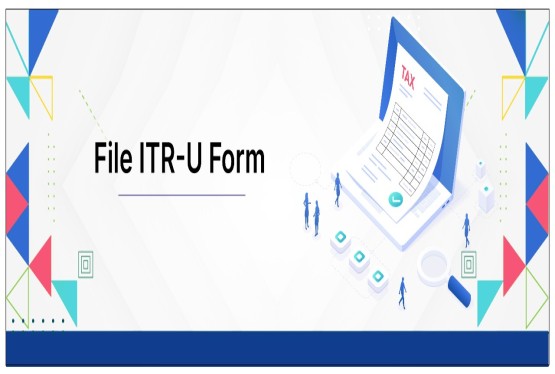
























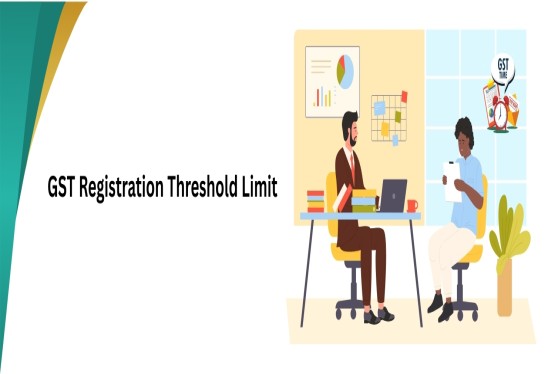
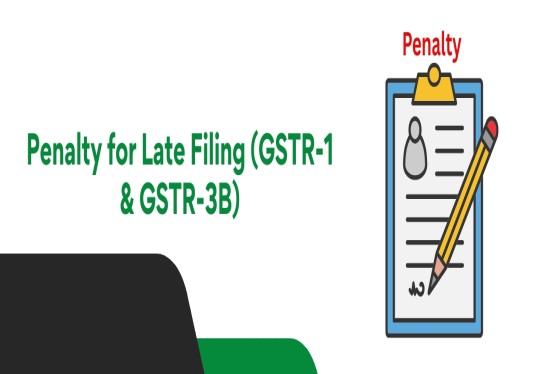












_of_GST_Act_learn_crop10_thumb.jpg)










_Under_GST_learn_crop10_thumb.jpg)









_crop10_thumb.jpg)


_crop10_thumb.jpg)






_learn_crop10_thumb.jpg)






















_of_the_Income_Tax_Act_learn_crop10_thumb.jpg)



_learn_crop10_thumb.jpg)






_learn_crop10_thumb.jpg)






_crop10_thumb.jpg)




















_in_The_Income_Tax_Act,_1961_learn_crop10_thumb.jpg)



_learn_crop10_thumb.jpg)



_of_the_Income_Tax_Act_learn_crop10_thumb.jpg)

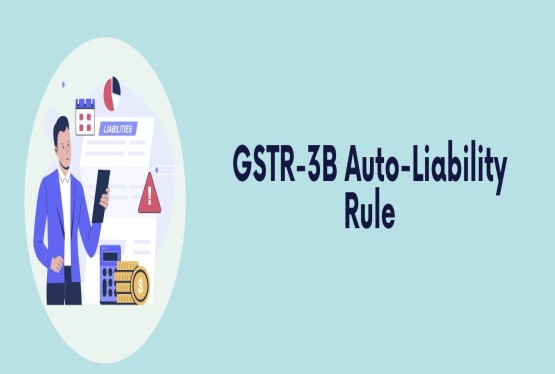
_Of_Income_Tax_Act_learn_crop10_thumb.jpg)








_learn_crop10_thumb.jpg)








_learn_crop10_thumb.jpg)
_crop10_thumb.jpg)






















_learn_crop10_thumb.jpg)
_for_Import_and_Export_learn_crop10_thumb.jpg)









